The live UK music scene is thriving thanks to great British talents like Rekha.
The world-class singer regularly delights audiences with her remarkable vocal range, which can effortlessly take on anything from classic Bollywood songs to iconic English pop hits. She is teaming up with talented singer Parry Mad and top musicians for her forthcoming show on July 22 at Pump House Theatre in Watford, which promises stunning performances of hit songs by the dynamic duo.
Eastern Eye caught up with the singing star to discuss her love for live performance and forthcoming show An Evening With Parry & Rekha.
How much does live performance mean to you?
Performing live is a gift from above that not everyone has the skill or tools to do. Engaging with an audience, chemistry with your band, and the joy of being a part of that atmosphere are feelings like no other.
What has been your most memorable show until now?
Bollywood Jackson on Friday, October 13, 2017, at Watersmeet in Rickmansworth is way up there for me. We had an electrifying audience who pumped tons of energy towards us. I was surrounded by some of my best friends on stage, and we sang and danced from the bottom of our souls.
You are a versatile artist, but what songs do you most enjoy performing live?
It varies for me. I have recently fallen in love with bhajans, but also love a classic Bollywood jam or pop songs from the 1990s. It totally depends on the audience reaction for me.
Tell us about your forthcoming concert?
An Evening with Parry & Rekha is a labour of love and passion. Parry and I love performing together and look for any excuse to get on stage and share the love. We will be singing some of our favourite Bollywood and English songs that mean something to us, and tell our story, accompanied by the best Bollywood fusion band, Kaykay & Co.
What do you like about Parry Mad as a singer?
His charm, velvety tone, and magnetism. He draws his listeners and viewers in with such passion and keeps them engaged 100 per cent. I also highly appreciate his skill and almost perfect pitch!
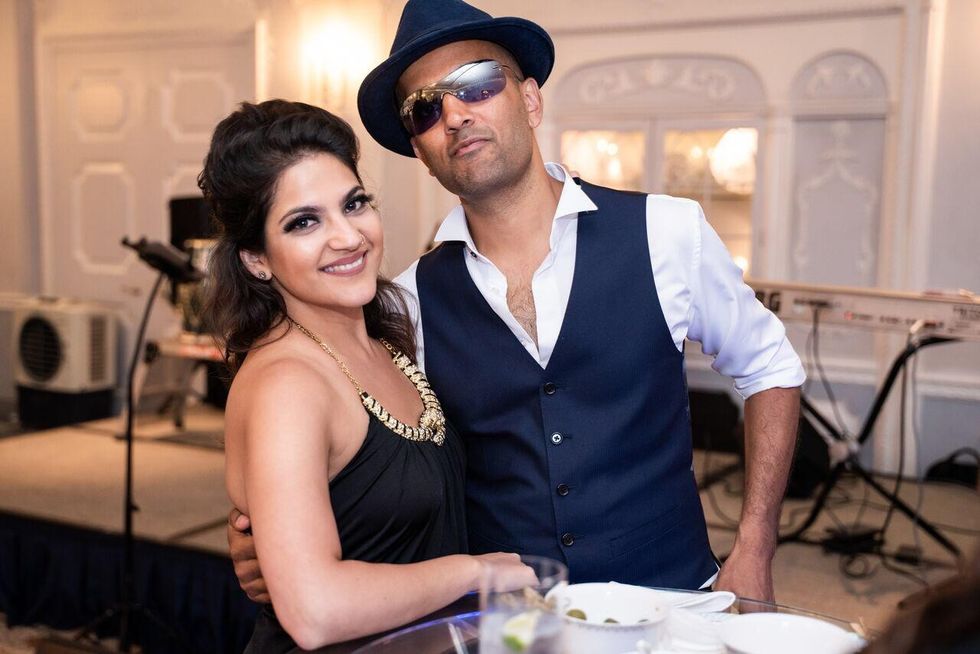
Is there one duet that you both love performing most?
Duets that we both love performing are Perfect by Ed Sheeran and Kismat Se Tum from Pukar.
Do you ever get nervous before going on stage?
Of course, I get nervous! Each performance brings its own challenges and I always want to be vocally as perfect as possible, so the nerves will always be there for me.
You also perform with Kaykay & Co. What is it like performing in a group with so many great singers?
To be honest, I consider myself extremely blessed to be a part of Kaykay & Co. Not only are we best friends, but we teach and guide each other through every show. The support we give is second to none. And yes, I believe the singers in this band are some of the best in the UK.
Who have you enjoyed watching live as an audience member?
Beyonce, Sonu Nigam, Shreya Ghoshal, Sunidhi Chauhan, to name a few. Plus, Ghulam Ali Khan Saab, Jagjit Singhji, Tauseef Akhtarji, Hariharanji, and the list is endless!
What inspires you as a singer?
The drive to be better than I was yesterday. To wake up every day knowing a little bit more. My guruji Tauseef Akhtarji inspires me to do riyaaz and become the best version of myself.
Why should we come to your show?
If you love Bollywood romance and good music, come to our show to be serenaded and transported, and become a part of our love story.
An Evening with Parry & Rekha is on at Pump House Theatre and Arts Centre, 5 Local Board Road, Watford WD17 2JP on Friday July 22. Visit www.ticketsource.co.uk/ParryandRekha
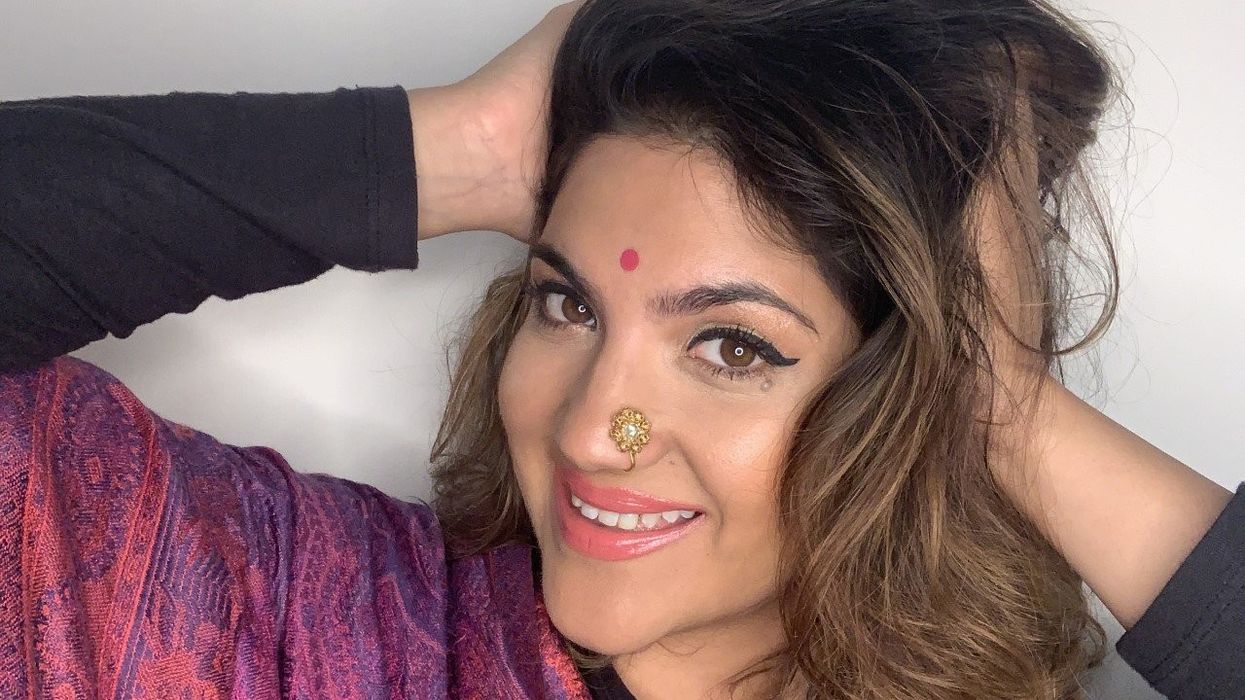




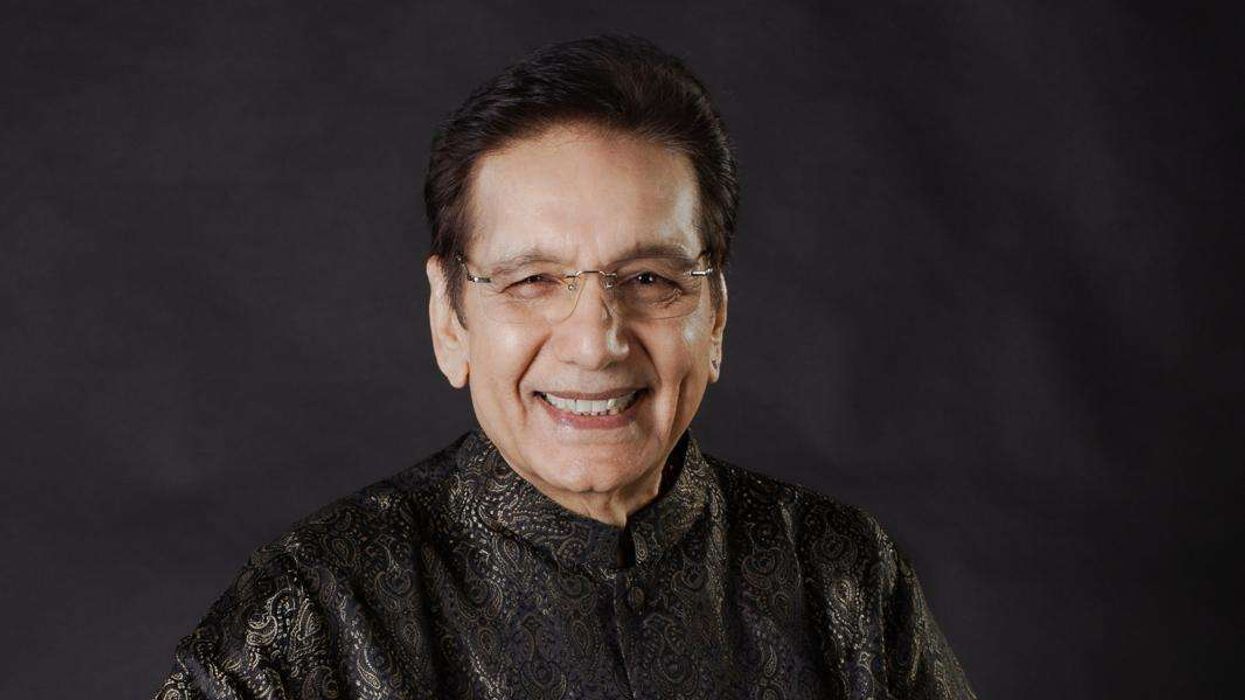
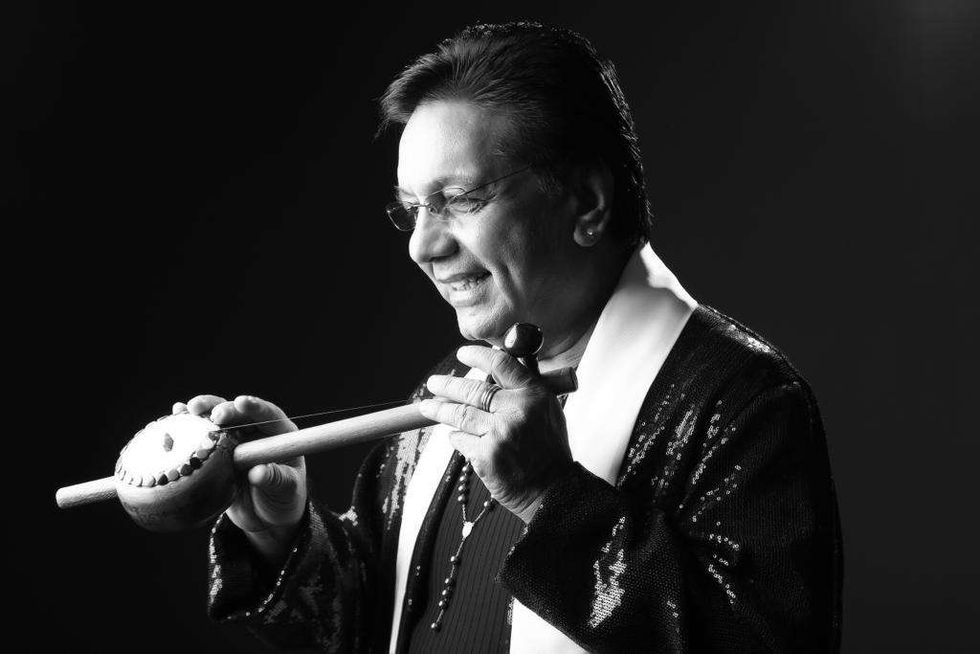 Channi Singh OBE — founder and frontman of the pioneering bhangra band AlaapChanni Singh
Channi Singh OBE — founder and frontman of the pioneering bhangra band AlaapChanni Singh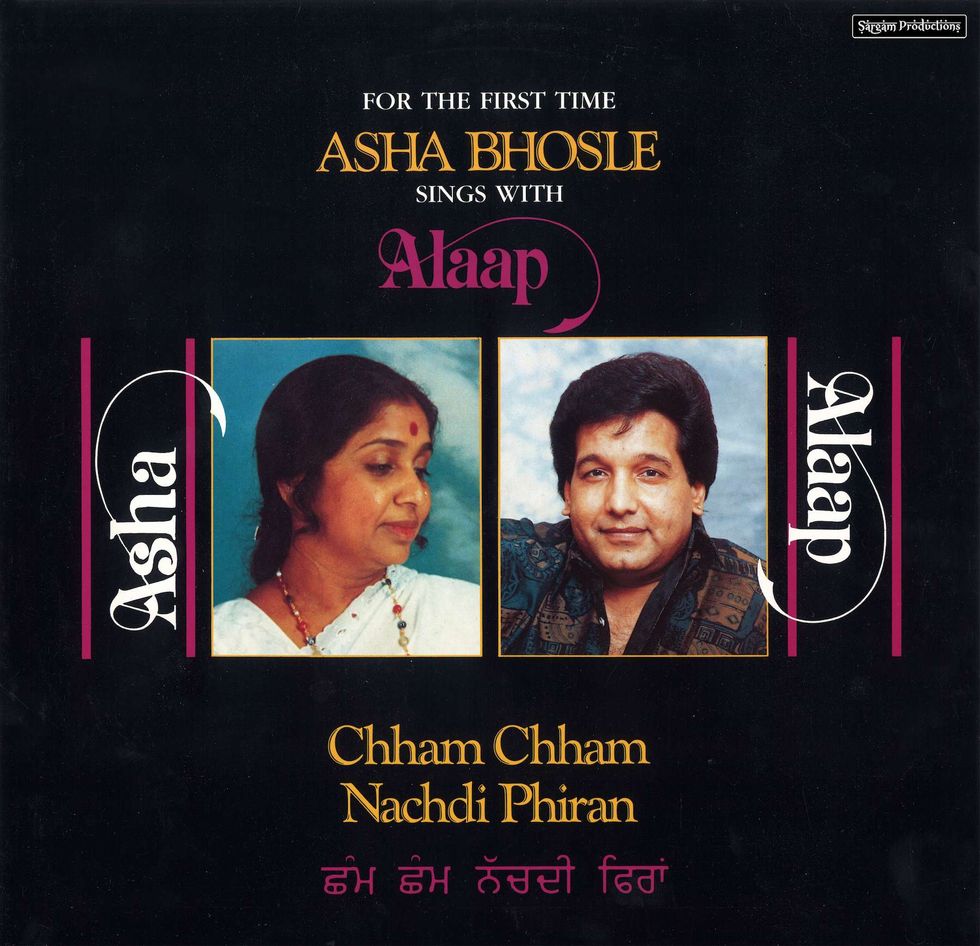 Chham Chham Nachdi Phiran (with Asha Bhosle)Channi Singh
Chham Chham Nachdi Phiran (with Asha Bhosle)Channi Singh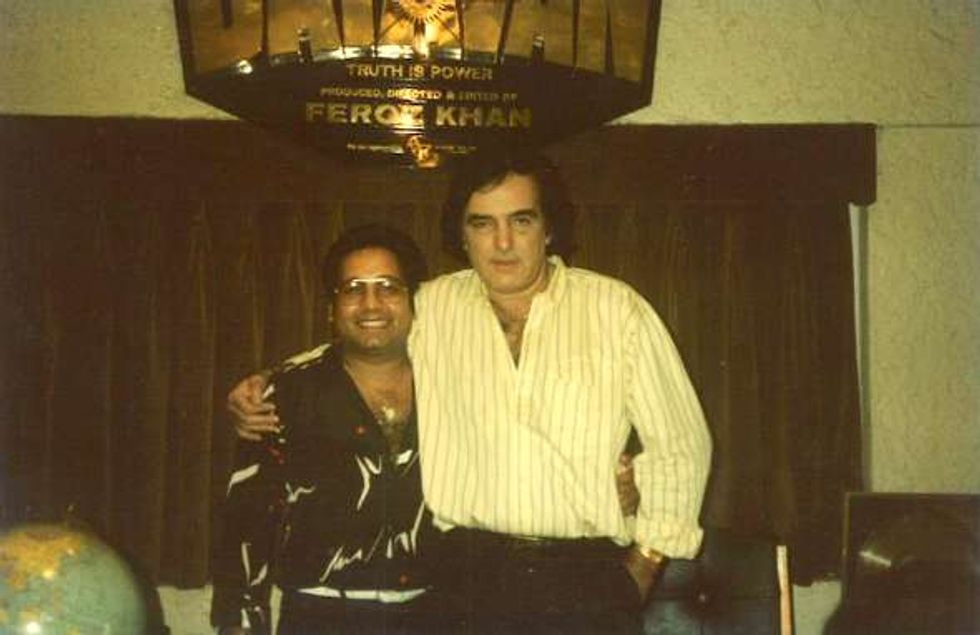 Channi Singh with Feroz KhanChanni Singh
Channi Singh with Feroz KhanChanni Singh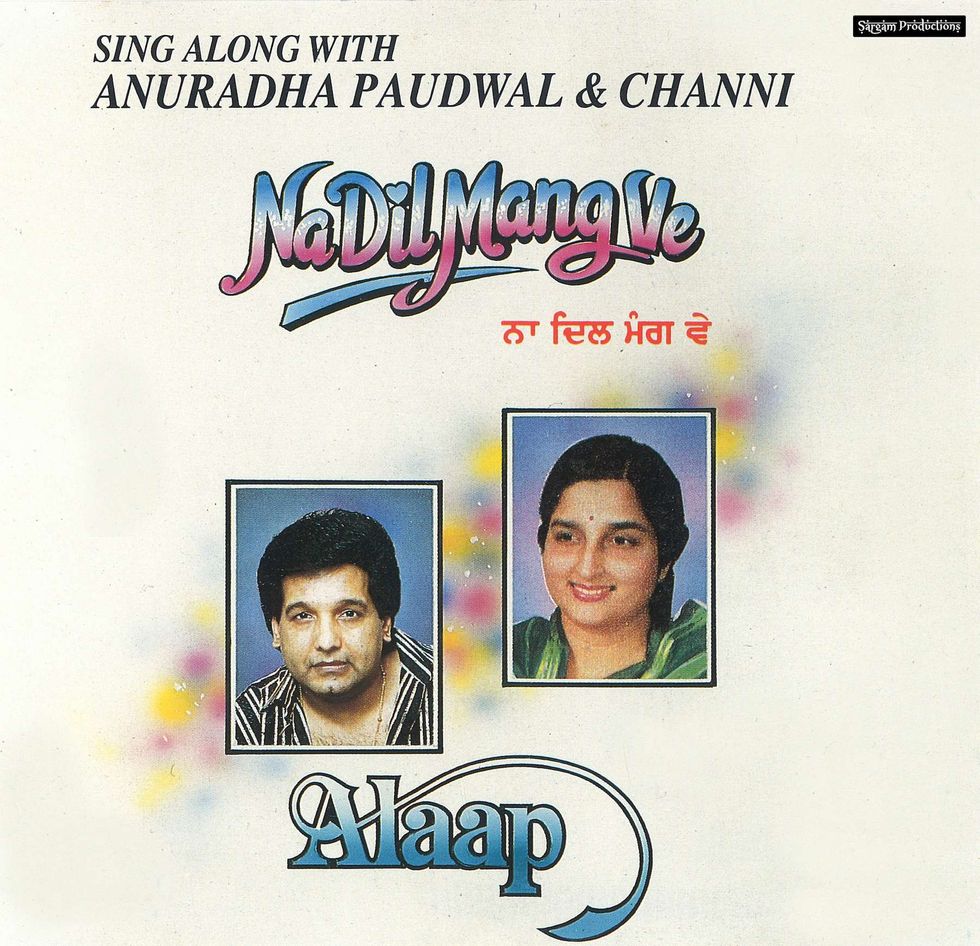 Na Dil Mang Ve (with Anuradha Paudwal)Channi Singh
Na Dil Mang Ve (with Anuradha Paudwal)Channi Singh






